While most people assume the United States tops global wealth rankings, the reality might surprise you—Luxembourg’s average citizen is actually three times wealthier.
Most richest countries 2025 lists you’ll find online use outdated data or conflicting methodologies, creating confusion about what makes a country truly “rich.” This complete guide reveals the real wealth rankings based on the latest IMF and World Bank economic data.
You’ll discover why small nations dominate GDP per capita measurements, learn about new measurement methods changing how we define country wealth, and find investment and living opportunities in the world’s wealthiest nations.
The Complete Top 20 Richest Countries of 2025
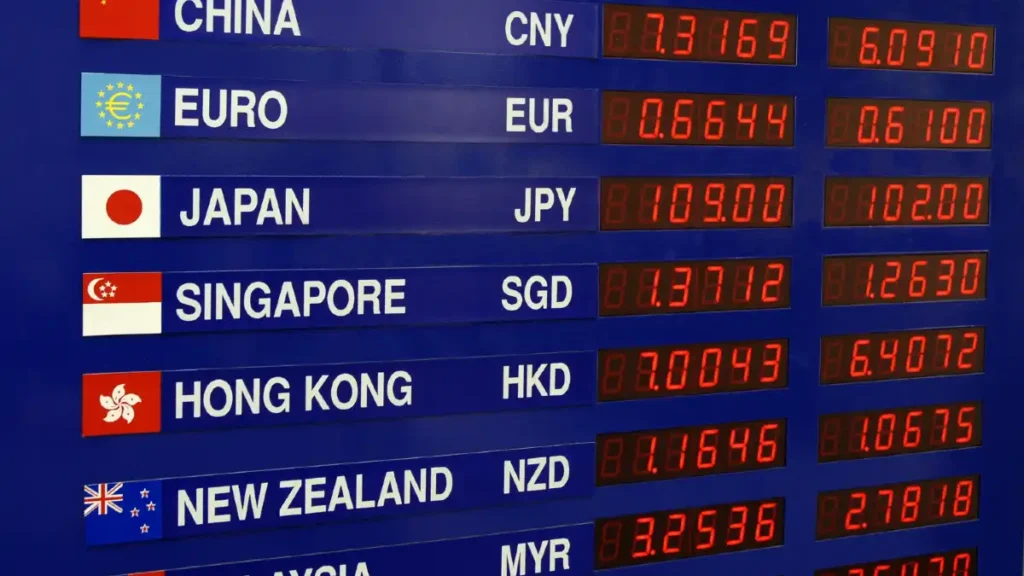
You might think the United States tops every wealth ranking, but you’d be wrong. The latest data from the IMF World Economic Outlook April 2025 reveals some surprising winners when we look at wealth per person. Small countries crush large economies when it comes to making their citizens rich on paper.
Here’s what the numbers actually show. Based on GDP per capita PPP, which adjusts for what money can actually buy in each country, these are the 20 richest nations in 2025:
1. Singapore
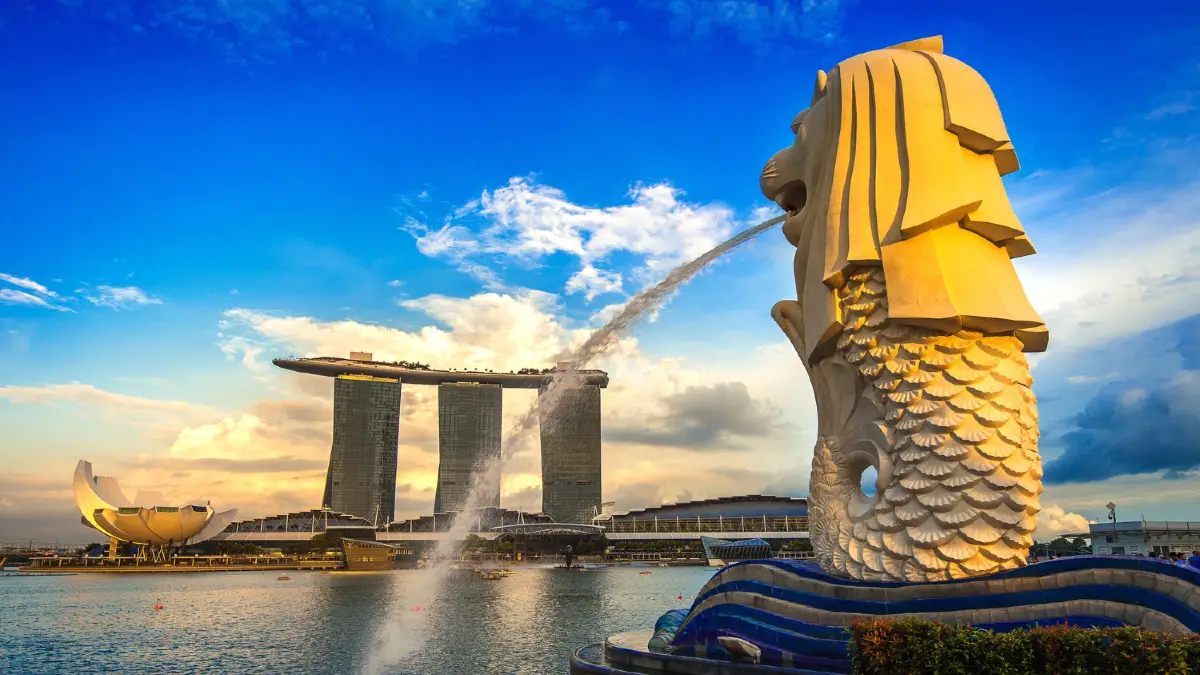
- Population: 5.9 million
- Total GDP: $510+ billion
- Key Driver: Financial services (70% of GDP), port operations, manufacturing
- Investment Highlight: World’s busiest port, crypto-friendly regulations
Singapore wins because it built the perfect money-making machine. The country processes 20% of global trade despite being smaller than New York City. The Port of Singapore handles 37.5 million containers annually, making it the world’s second-busiest port after Shanghai. Every major bank has operations here – over 200 banks from 40 countries operate in Singapore.
The government actively courts wealthy individuals with its Global Investor Program, requiring just $2.5 million in investment for permanent residency. Singapore also leads in cryptocurrency adoption, with clear regulations that attract blockchain companies fleeing other countries. Major firms like Coinbase and Binance established Asian headquarters here.
But Singapore has challenges. Housing costs are brutal – the average private condo costs $1.5 million. The government controls 80% of housing through public programs, but even those require decade-long waiting lists. Income inequality is also growing, with the top 10% earning 20 times more than the bottom 10%.
2. Luxembourg
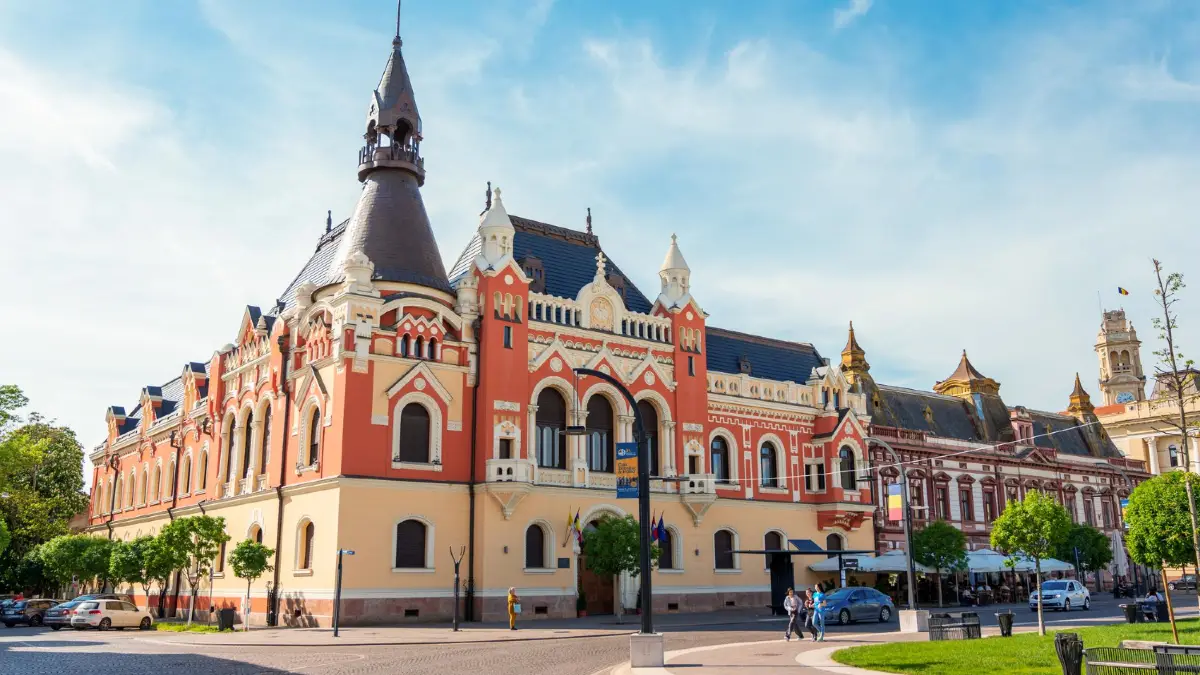
- Population: 653,000
- Total GDP: $90+ billion
- Key Driver: Financial services (25% of GDP), steel production, tech sector
- Investment Highlight: EU market access, banking privacy laws, investment funds
Luxembourg punches way above its weight. With 117 international banks managing over €1 trillion, it’s essentially Europe’s financial parking lot. The country hosts €5.8 trillion in investment funds – more than anywhere except the US. ArcelorMittal, the world’s second-largest steel company, is headquartered here.
The country has more companies registered (220,000) than actual residents (653,000). Amazon’s European operations run through Luxembourg, taking advantage of favorable tax rules. PayPal, Skype, and eBay also use Luxembourg structures to minimize European taxes.
Here’s the catch: 16% of residents are millionaires, but housing costs three times the EU average. A typical apartment in Luxembourg City costs €12,000 per square meter. Many workers live in Belgium or Germany and commute across borders daily. The wealth looks great on paper, but regular people struggle with living costs.
3. Ireland

- Population: 5.1 million
- Total GDP: $680+ billion
- Key Driver: Tech company headquarters, pharmaceuticals, financial services
- Investment Highlight: EU access point for US companies, 12.5% corporate tax rate
Ireland became Europe’s Silicon Valley by offering rock-bottom corporate taxes. Apple, Google, Facebook, Microsoft, and Amazon all run European operations from Dublin. This creates what economists call “leprechaun economics” – GDP numbers inflated by profit-shifting that doesn’t reflect real economic activity.
The pharmaceutical sector also thrives here. Pfizer, Johnson & Johnson, and Roche manufacture drugs in Ireland for European markets. The country produces 10% of global pharmaceutical exports despite its small size.
Dublin property prices shot up 150% since 2012 due to tech worker migration. The average house costs €500,000, pricing out locals. Many young Irish people can’t afford to live in their own capital city. The government struggles to build housing fast enough for incoming workers.
4. Qatar
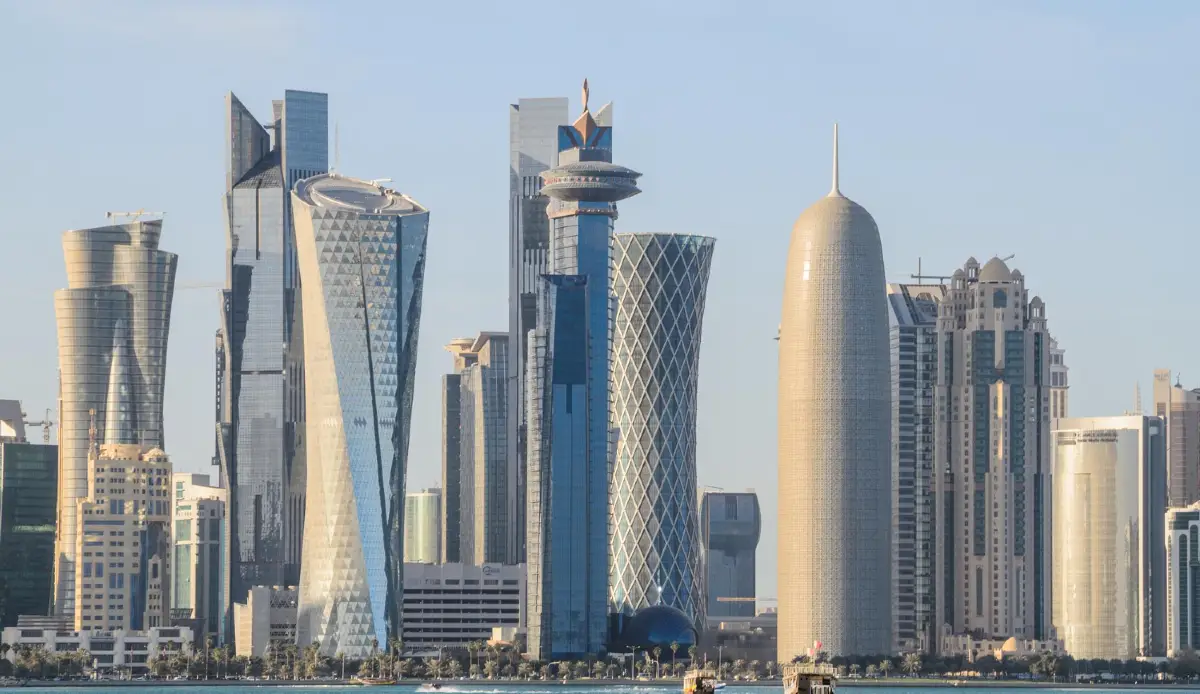
- Population: 2.9 million
- Total GDP: $350+ billion
- Key Driver: Natural gas (11% of global reserves), oil, infrastructure
- Investment Highlight: Massive infrastructure projects, World Cup legacy assets
Qatar sits on enormous gas reserves – the North Field contains enough gas to last 130 years at current production rates. The country produces 77 million tons of liquefied natural gas annually, making it the world’s largest LNG exporter. Gas revenues fund everything from free healthcare to no personal income taxes.
The 2022 World Cup left behind $220 billion in infrastructure. New airports, stadiums, roads, and metro systems transformed the country. Qatar Airways became a major global carrier, connecting Asia, Europe, and the Americas through Doha.
But there’s a dark side. 85% of Qatar’s population consists of foreign workers with limited rights. Domestic workers from Asia and Africa often face exploitation. The wealth doesn’t reach most people living in Qatar – it flows mainly to the 330,000 Qatari citizens and wealthy expatriates.
5. Switzerland
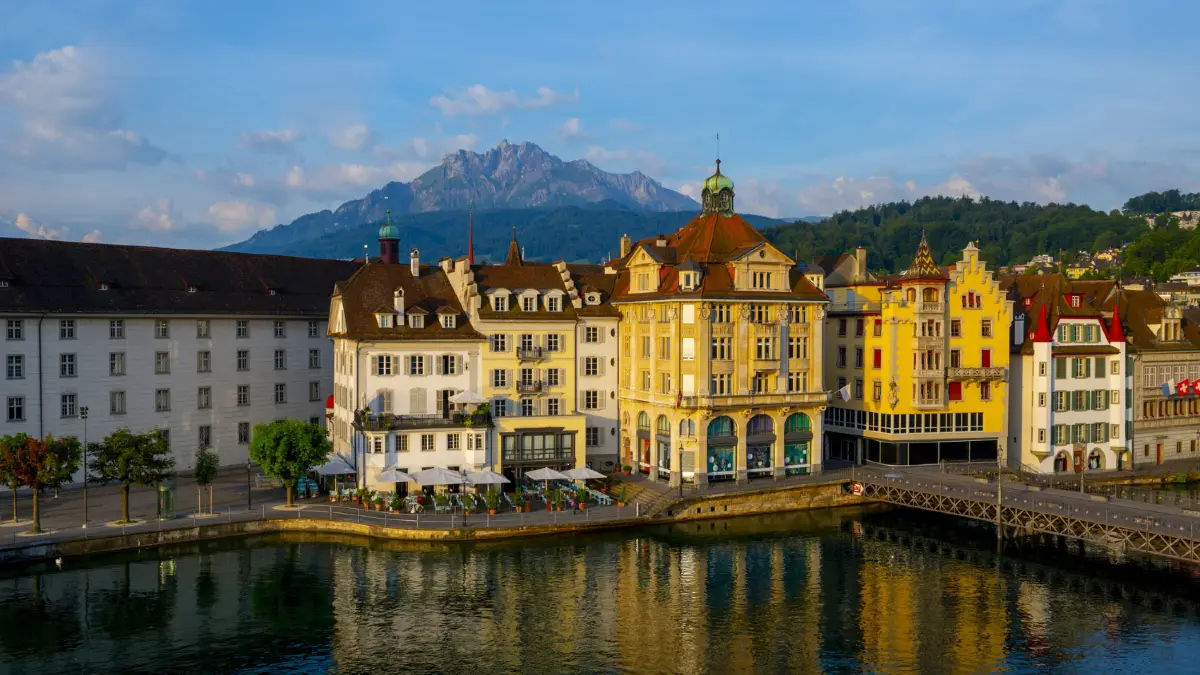
- Population: 8.8 million
- Total GDP: $950+ billion
- Key Driver: Banking, pharmaceuticals, precision manufacturing, luxury goods
- Investment Highlight: Political stability, innovation hubs, wealth management
Switzerland combines old-school banking with cutting-edge innovation. UBS and Credit Suisse manage trillions for wealthy clients worldwide. The country hosts more multinational headquarters per capita than anywhere else – Nestlé, Novartis, Roche, and ABB all call Switzerland home.
Swiss banks manage $2.4 trillion in offshore wealth, about 25% of global cross-border assets. The country also dominates luxury goods – Rolex, Patek Philippe, and Richemont generate billions in watch exports. Pharmaceutical companies Novartis and Roche each generate over $50 billion in annual revenue.
Switzerland’s challenge is extreme costs. Geneva and Zurich rank among the world’s most expensive cities. A McDonald’s meal costs $15, and average rent exceeds $2,000 monthly. Many Swiss workers live paycheck to paycheck despite high salaries. The country also faces pressure to reduce banking secrecy from international tax authorities.
6. Norway
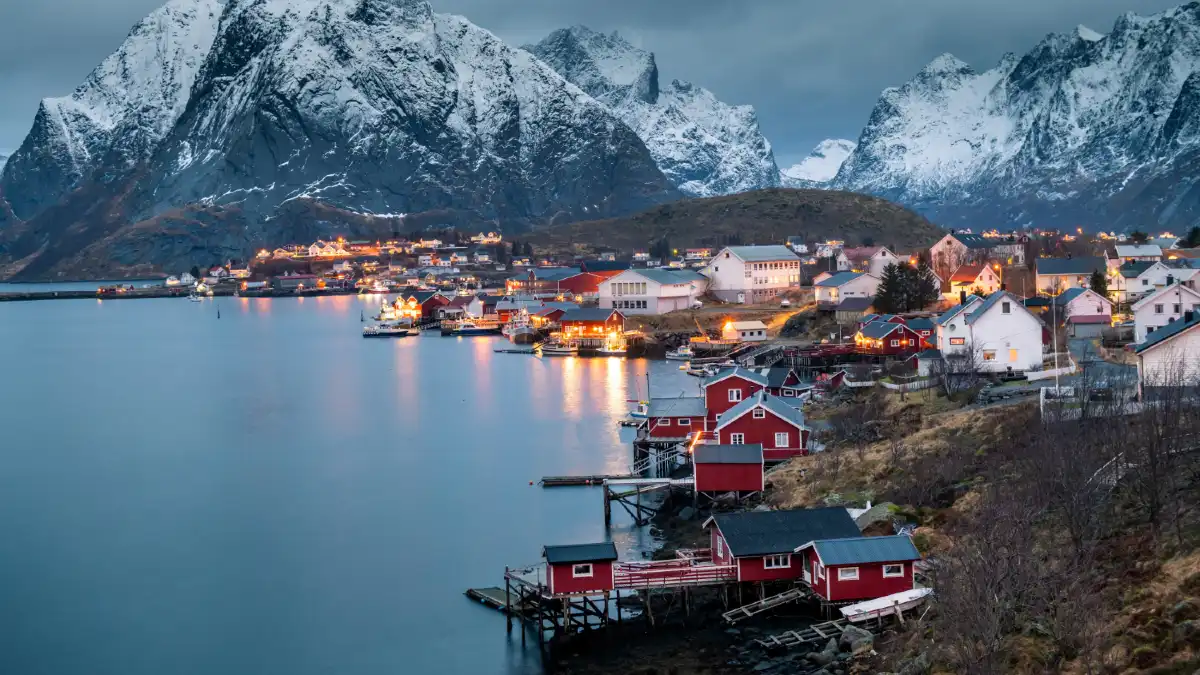
- Population: 5.5 million
- Total GDP: $590+ billion
- Key Driver: Oil and gas exports, shipping, renewable energy
- Investment Highlight: $1.6 trillion sovereign wealth fund, green technology
Norway saved its oil money instead of spending it. The Government Pension Fund Global now holds $1.6 trillion – about $290,000 per Norwegian citizen. The fund owns 1.5% of all global stocks and pays for generous social programs without raising taxes.
Equinor (formerly Statoil) remains Europe’s largest energy company, producing 2 million barrels of oil daily. Norway also leads offshore wind development, with plans to generate 30 GW of offshore wind by 2040. The country aims to become carbon neutral by 2030 despite being an oil exporter.
Living costs match the high incomes. Oslo ranks as the world’s most expensive city for many goods. A beer costs $10, and gasoline prices exceed $7 per gallon due to high taxes. The tax burden reaches 45% of GDP, among the world’s highest rates.
7. United States
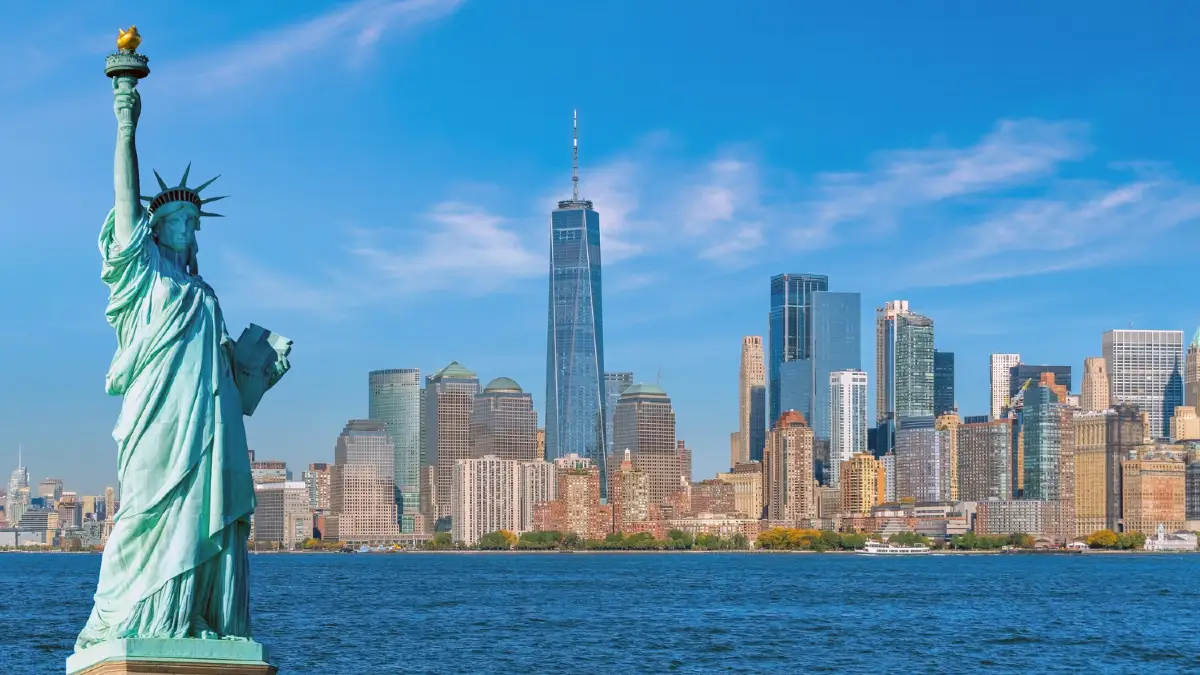
- Population: 335 million
- Total GDP: $29.8 trillion
- Key Driver: Technology, finance, healthcare, entertainment, manufacturing
- Investment Highlight: World’s largest economy, innovation center, capital markets
The US finally appears at rank 7. Despite having the world’s biggest economy, the large population means lower per-capita numbers. The country hosts 65% of global unicorn startups and the world’s largest stock markets. Apple, Microsoft, and Google each have market values exceeding $1 trillion.
Wall Street remains the global financial center, with $50 trillion in assets under management. The dollar dominates international trade – 60% of global foreign exchange reserves are in US dollars. This gives America enormous economic advantages and policy flexibility.
Income inequality drags down the average. The top 1% holds 35% of wealth while the bottom 50% owns just 2%. Healthcare costs consume 18% of GDP – twice the rate of other developed countries. Student debt exceeds $1.7 trillion, limiting young people’s spending power.
8. Brunei
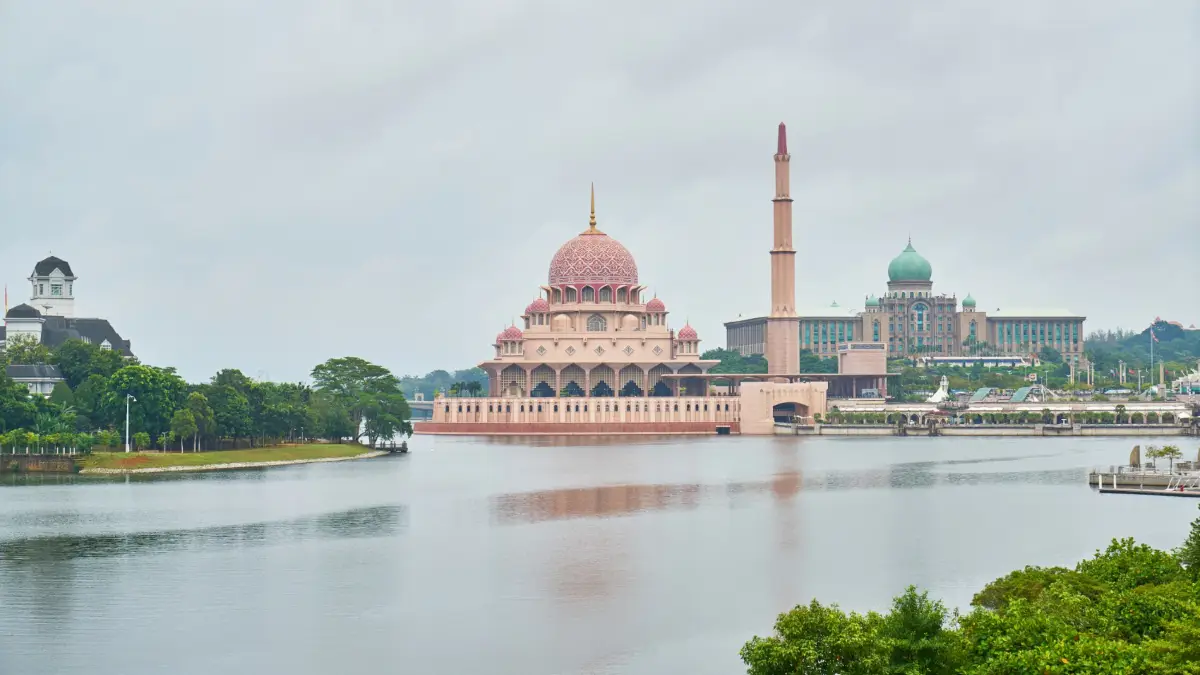
- Population: 450,000
- Total GDP: $43+ billion
- Key Driver: Oil and gas (90% of exports), Islamic banking
- Investment Highlight: No personal income tax, sovereign wealth fund
Brunei is essentially a family business that happens to be a country. The Sultan controls oil wealth that generates $12 billion annually from just 180,000 barrels per day of production. Citizens pay no income tax and receive free healthcare, education, and subsidized housing.
The Brunei Investment Agency manages an estimated $170 billion sovereign wealth fund. That’s nearly $400,000 per citizen in investment assets. The fund owns luxury hotels worldwide, including The Dorchester in London and Hotel Bel-Air in Los Angeles.
Economic diversification remains a major challenge. Oil provides 95% of government revenue, making the country extremely vulnerable to price swings. The government tries to develop Islamic finance and halal food industries, but progress stays slow. Youth unemployment reaches 25% as the economy can’t create enough non-oil jobs.
9. Macao SAR
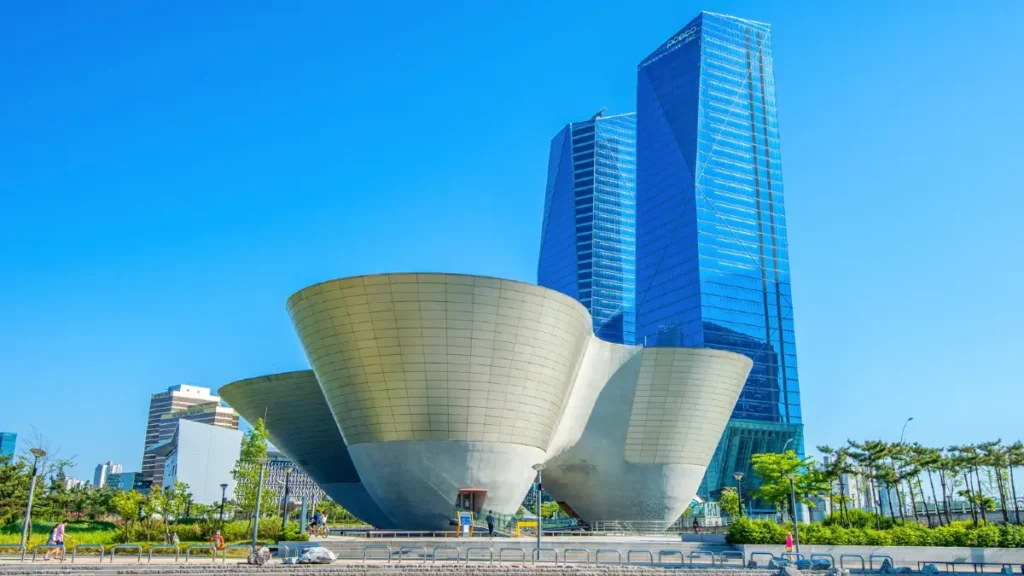
- Population: 695,000
- Total GDP: $66+ billion
- Key Driver: Gaming and tourism (80% of GDP), finance
- Investment Highlight: Gateway to Chinese market, gaming licenses
Macao built its economy on casinos after China banned gambling everywhere else. The territory generates more gaming revenue than Las Vegas – about $28 billion annually before COVID-19. Chinese gamblers spend billions here, creating massive per-capita wealth in the world’s most densely populated place.
Six casino operators hold exclusive licenses: Las Vegas Sands, Wynn, MGM, Galaxy, SJM, and Melco. These companies invested over $50 billion in integrated resorts with hotels, shopping, and entertainment. The Venetian Macao alone cost $2.4 billion to build.
But Macao faces huge risks. Beijing’s anti-corruption campaigns reduced VIP gambling by 80% since 2014. COVID-19 border restrictions devastated tourism. The government now pushes economic diversification into finance and technology, but casinos still dominate the economy.
10. Guyana
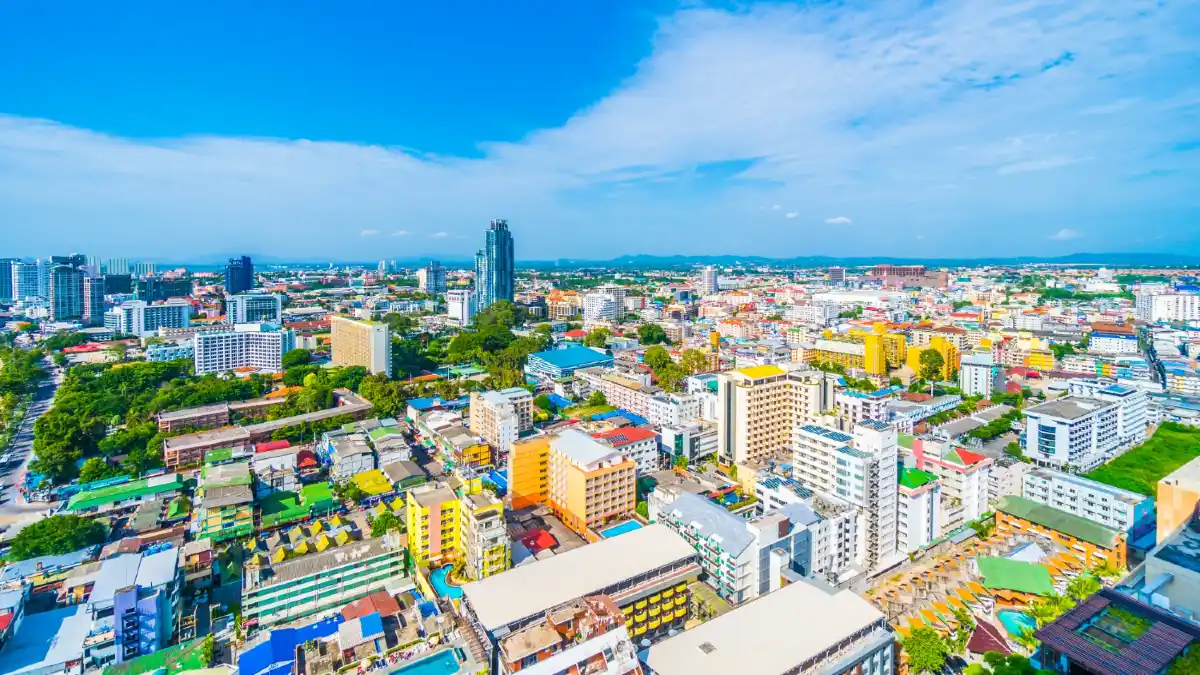
- Population: 800,000
- Total GDP: $68+ billion
- Key Driver: Oil discoveries, gold mining, agriculture
- Investment Highlight: Fastest-growing economy globally, oil production surge
Guyana discovered massive oil reserves and went from poor to rich almost overnight. ExxonMobil found over 11 billion barrels of recoverable oil offshore. Production reached 400,000 barrels daily by 2024 and could hit 1.2 million barrels by 2027.
The Liza and Payara oil fields generate $2 billion annually for the government through profit-sharing agreements. With only 800,000 people, that’s $2,500 per person in oil revenues alone. The government established a Natural Resource Fund that already holds $2.9 billion.
Infrastructure can’t keep up with the oil boom. Georgetown still lacks reliable electricity and clean water. The country has only 3,000 hotel rooms for growing business travel. Skilled worker shortages force companies to import talent from Trinidad and Venezuela. Managing oil wealth without falling into the “resource curse” remains Guyana’s biggest challenge.
11. Netherlands
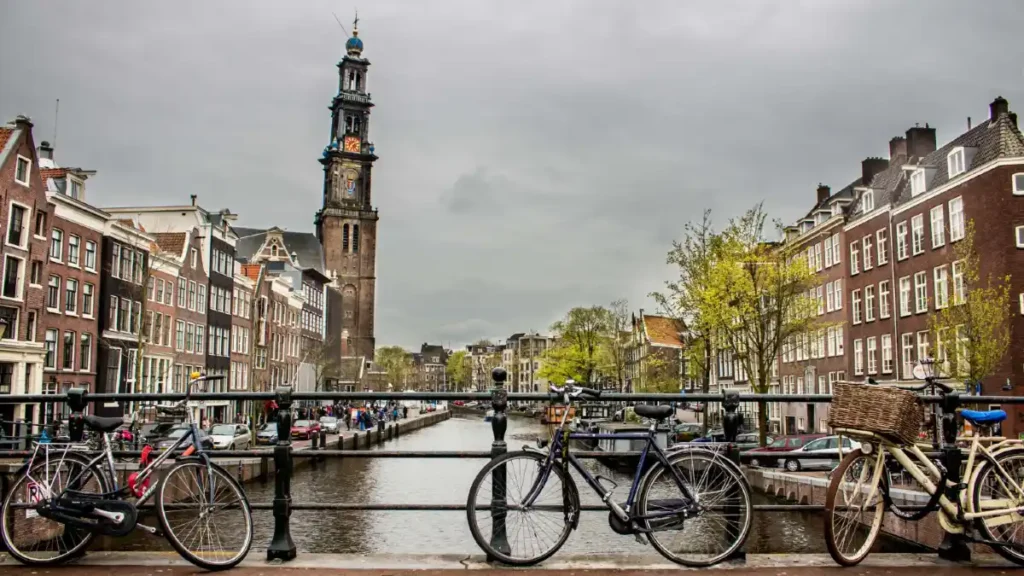
- Population: 17.6 million
- Total GDP: $1.4 trillion
- Key Driver: International trade, agriculture, technology, chemicals
- Investment Highlight: European logistics hub, Port of Rotterdam
The Netherlands perfected the art of moving goods efficiently. Rotterdam handles 470 million tons of cargo annually, making it Europe’s largest port. The country exports $723 billion worth of goods despite its small size. Dutch companies like Shell, Unilever, and ASML compete globally.
ASML dominates semiconductor equipment manufacturing with 90% market share for advanced chip-making machines. The company’s machines cost $200 million each and are essential for producing the most advanced computer chips. Taiwan’s TSMC and Samsung depend entirely on ASML technology.
The country also leads agriculture innovation. Despite limited land, the Netherlands is the world’s second-largest agricultural exporter after the US. High-tech greenhouses produce 10 times more vegetables per acre than traditional farming. The country exports $110 billion in agricultural products annually.
Housing shortages plague major cities. Amsterdam house prices rose 200% since 2015. Young people wait years for affordable housing while foreign investors buy properties as investments. The government now restricts short-term rentals and foreign property purchases.
12. Denmark
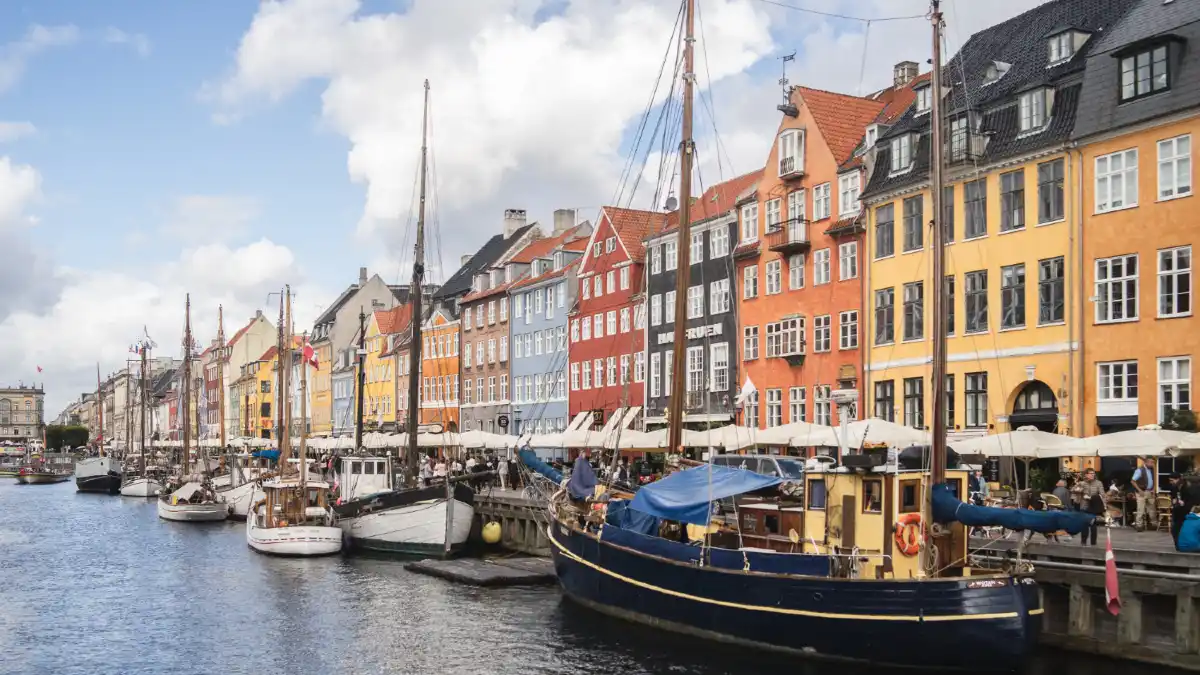
- Population: 5.9 million
- Total GDP: $460+ billion
- Key Driver: Renewable energy, pharmaceuticals, shipping, design
- Investment Highlight: Green technology leader, wind energy expertise
Denmark generates 50% of electricity from wind power and aims for 100% renewable energy by 2030. Companies like Ørsted and Vestas lead global wind energy development. Ørsted transformed from an oil company into the world’s largest offshore wind developer, managing projects across Europe and the US.
Novo Nordisk dominates diabetes treatment with 50% global market share for insulin. The company’s Ozempic weight-loss drug generated $21 billion in 2024 sales. Other Danish pharmaceutical companies like Lundbeck and ALK-Abelló specialize in neurological and allergy treatments.
Maersk controls 17% of global container shipping with 700 vessels. The company transports goods between Asia, Europe, and the Americas. Danish design companies like LEGO generate billions from creativity and innovation.
High taxes fund extensive social services but limit take-home pay. Personal income tax rates reach 55%, among the world’s highest. However, citizens receive free healthcare, education, and generous unemployment benefits. Work-life balance ranks among the world’s best.
13. Iceland

- Population: 380,000
- Total GDP: $29+ billion
- Key Driver: Renewable energy, aluminum smelting, tourism, fishing
- Investment Highlight: 100% renewable electricity, data center location
Iceland uses abundant geothermal and hydroelectric power to generate 100% renewable electricity. Cheap, clean energy attracts aluminum smelters and data centers. Rio Tinto, Alcoa, and Century Aluminum operate massive smelters that export aluminum worldwide.
The country became a major data center hub for companies like Microsoft, Google, and Amazon. Cold temperatures reduce cooling costs while renewable energy appeals to environmentally conscious tech companies. Bitcoin mining operations also flourished before recent restrictions.
Tourism exploded after the 2008 financial crisis. Annual visitors grew from 500,000 to 2.3 million before COVID-19. The “Game of Thrones effect” and Instagram popularity drove tourism growth that provided 8% of GDP.
The small population creates economic volatility. The 2008 banking crisis nearly bankrupted the country when its banks became 10 times larger than the economy. Currency fluctuations affect import costs significantly. Housing costs in Reykjavik rose 150% since 2010 due to tourism and population growth.
14. Austria

- Population: 9.1 million
- Total GDP: $655+ billion
- Key Driver: Manufacturing, tourism, financial services, energy
- Investment Highlight: Central European business hub, Alpine tourism
Austria sits at the crossroads of Western and Eastern Europe, making it a natural business hub. Companies like Red Bull, Swarovski, and OMV generate billions in global sales. The country hosts major European operations for international firms accessing Central and Eastern European markets.
Tourism contributes 15% of GDP through Alpine skiing and cultural attractions. Salzburg and Vienna attract 40 million visitors annually. The Sound of Music alone brings 300,000 tourists yearly to Salzburg. Skiing in Innsbruck and Kitzbühel generates billions in winter sports revenue.
Austria also leads renewable energy in Central Europe. Hydroelectric power provides 60% of electricity, while the country imports Russian gas for heating and industry. The government plans carbon neutrality by 2040 through expanded renewables and green hydrogen.
Political coalitions between left and right parties create policy uncertainty. Housing costs in Vienna and Salzburg rose sharply as foreign buyers invest in Austrian real estate. The country also faces pressure to reduce dependence on Russian energy following the Ukraine conflict.
15. Sweden
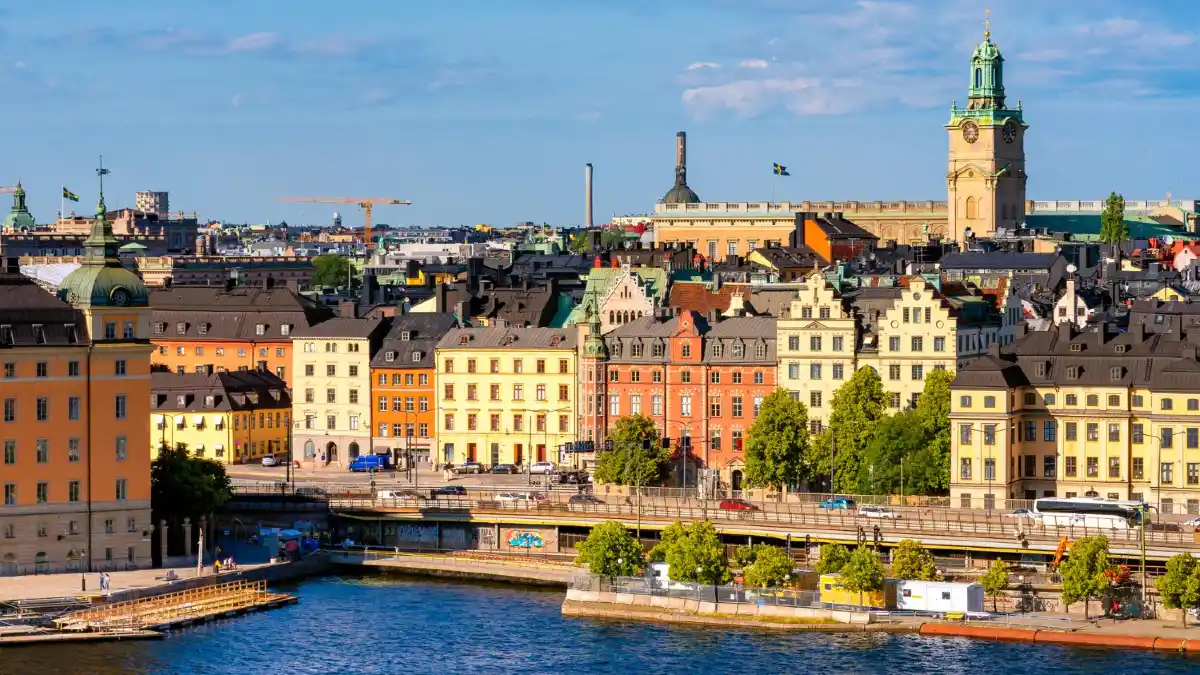
- Population: 10.5 million
- Total GDP: $745+ billion
- Key Driver: Technology, manufacturing, natural resources, innovation
- Investment Highlight: Innovation ecosystem, climate technology, stable democracy
Sweden created a tech ecosystem that produced Spotify, Skype, Klarna, and King Digital Entertainment. Stockholm generates more unicorn companies per capita than anywhere except Silicon Valley. The government invested heavily in digital infrastructure and education.
Traditional companies remain strong too. Ericsson competes globally in 5G telecommunications equipment. Volvo Group manufactures trucks and construction equipment worldwide. IKEA revolutionized furniture retail with flat-pack design and global expansion.
The country leads climate technology development. Northvolt builds Europe’s largest battery factories to supply electric vehicle manufacturers. Swedish steel companies develop hydrogen-based production to eliminate carbon emissions. The government targets carbon neutrality by 2045.
High taxes fund extensive social programs but reduce competitiveness. Personal income tax reaches 57%, while corporate taxes hit 20.6%. Many Swedish companies move headquarters to lower-tax countries. Brain drain affects the tech sector as talented workers move to the US or UK for higher net salaries.
16. Belgium
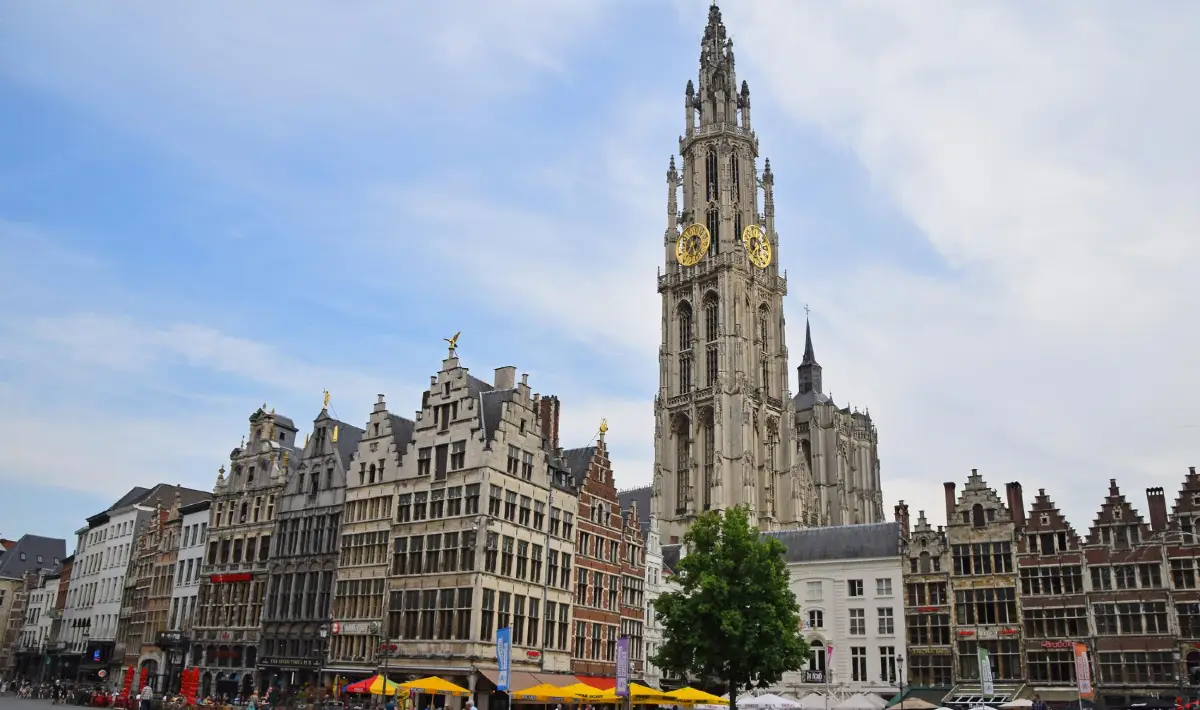
- Population: 11.7 million
- Total GDP: $800+ billion
- Key Driver: Chemicals, pharmaceuticals, EU institutions, diamonds
- Investment Highlight: European Union headquarters, pharmaceutical research
Belgium hosts European Union headquarters, bringing 40,000 international civil servants to Brussels. This creates a large, highly paid workforce that drives domestic consumption. The country also benefits from EU budget spending and international organization presence.
Chemical and pharmaceutical companies thrive here. Johnson & Johnson, Pfizer, and GSK operate major European facilities in Belgium. The Port of Antwerp handles 235 million tons of cargo annually, making it Europe’s second-largest port after Rotterdam.
Antwerp remains the world’s diamond trading center, handling 80% of rough diamonds and 50% of polished diamonds globally. The diamond district employs 30,000 people and generates €40 billion in annual trade.
Complex politics slow decision-making. The country has six governments (federal, regional, and community levels) that often disagree on policy. Linguistic divisions between French and Dutch speakers create administrative inefficiencies. Public debt exceeds 100% of GDP, limiting fiscal flexibility.
17. Germany
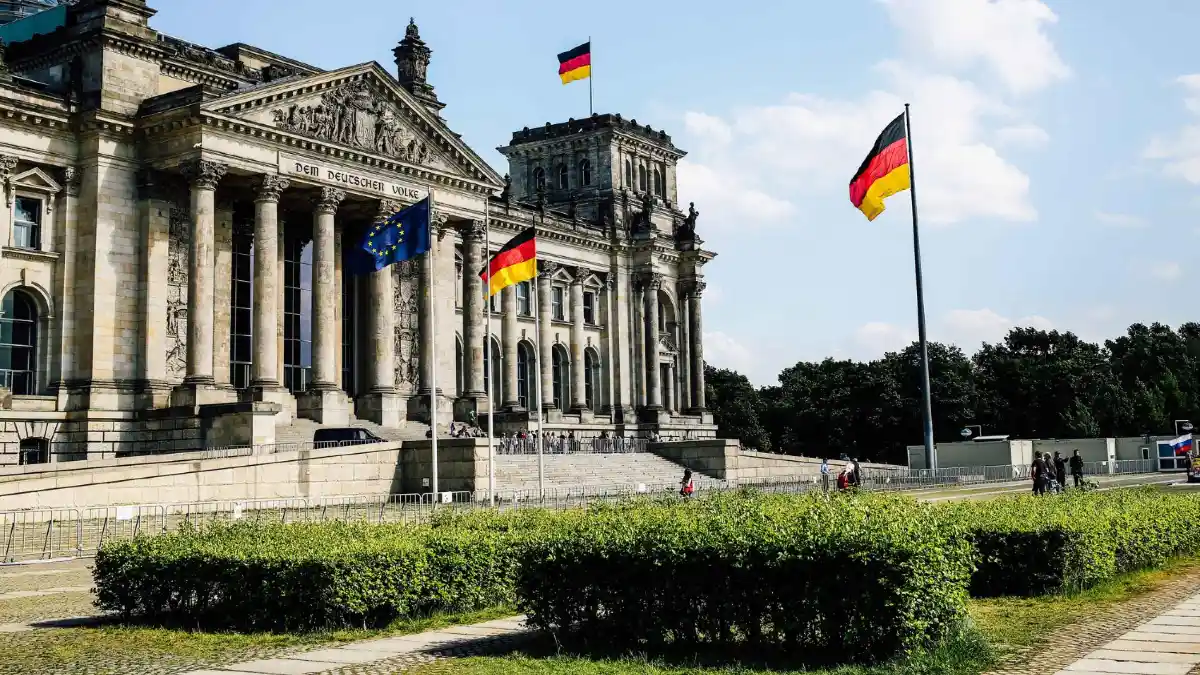
- Population: 84.4 million
- Total GDP: $5.6 trillion
- Key Driver: Manufacturing, automotive, chemicals, machinery
- Investment Highlight: Europe’s largest economy, engineering expertise
Germany remains Europe’s manufacturing powerhouse. BMW, Mercedes-Benz, Volkswagen, Audi, and Porsche compete globally in luxury automobiles. The country exports $1.8 trillion worth of goods annually, second only to China.
Chemical companies BASF, Bayer, and Covestro lead global markets in specialty chemicals and pharmaceuticals. German engineering firms build machinery, robots, and industrial equipment used worldwide. The “Mittelstand” of medium-sized companies provides stability and innovation.
Renewable energy provides 45% of electricity through wind and solar power. The country plans to phase out coal by 2038 and nuclear power by 2025. This energy transition creates opportunities in green technology but increases electricity costs for manufacturers.
An aging population threatens future growth. Birth rates fell below replacement level for decades, creating labor shortages. The country needs 400,000 skilled immigrants annually to maintain economic growth. Integration of refugees and migrants remains politically challenging.
18. Australia

- Population: 26.6 million
- Total GDP: $1.75 trillion
- Key Driver: Mining, agriculture, services, education exports
- Investment Highlight: Resource wealth, Asian market access, political stability
Australia sits on enormous mineral wealth. The country produces 55% of global iron ore, essential for steel production in China and Asia. Coal, gold, copper, and lithium exports generate over $300 billion annually. BHP and Rio Tinto rank among the world’s largest mining companies.
Education became a $40 billion export industry as Asian students seek Australian university degrees. The country hosts 760,000 international students who pay full tuition fees. Melbourne and Sydney compete with London and Boston as education destinations.
Agriculture feeds Asia through beef, wheat, and dairy exports. Australian beef supplies premium markets in Japan and South Korea. Wine exports reach 100 countries, though Chinese tariffs reduced sales since 2020.
Housing costs in Sydney and Melbourne rank among the world’s highest. The median house price exceeds $1 million in both cities, pricing out young families. Chinese investment drove property speculation before government restrictions. Bushfires and floods increasingly threaten infrastructure and agriculture.
19. Canada

- Population: 39.7 million
- Total GDP: $2.6 trillion
- Key Driver: Natural resources, technology, financial services, agriculture
- Investment Highlight: Stable democracy, resource wealth, USMCA trade access
Canada combines natural resource wealth with a modern service economy. The country holds 10% of global fresh water, vast forests, and significant oil reserves. The oil sands in Alberta produce 3.7 million barrels daily, making Canada the world’s fourth-largest oil producer.
Technology hubs in Toronto, Vancouver, and Montreal attract international investment. Shopify competes globally in e-commerce software. Canadian banks like Royal Bank of Canada and TD Bank rank among North America’s most stable financial institutions.
Immigration drives population and economic growth. Canada accepts 400,000 new permanent residents annually, the highest rate among developed countries. The point-based immigration system attracts skilled workers from around the world.
Housing costs in Toronto and Vancouver rival those in New York and London. Foreign investment, particularly from China, drove speculation before government intervention. The country also faces pressure to reduce carbon emissions while maintaining oil production for economic growth.
20. Finland
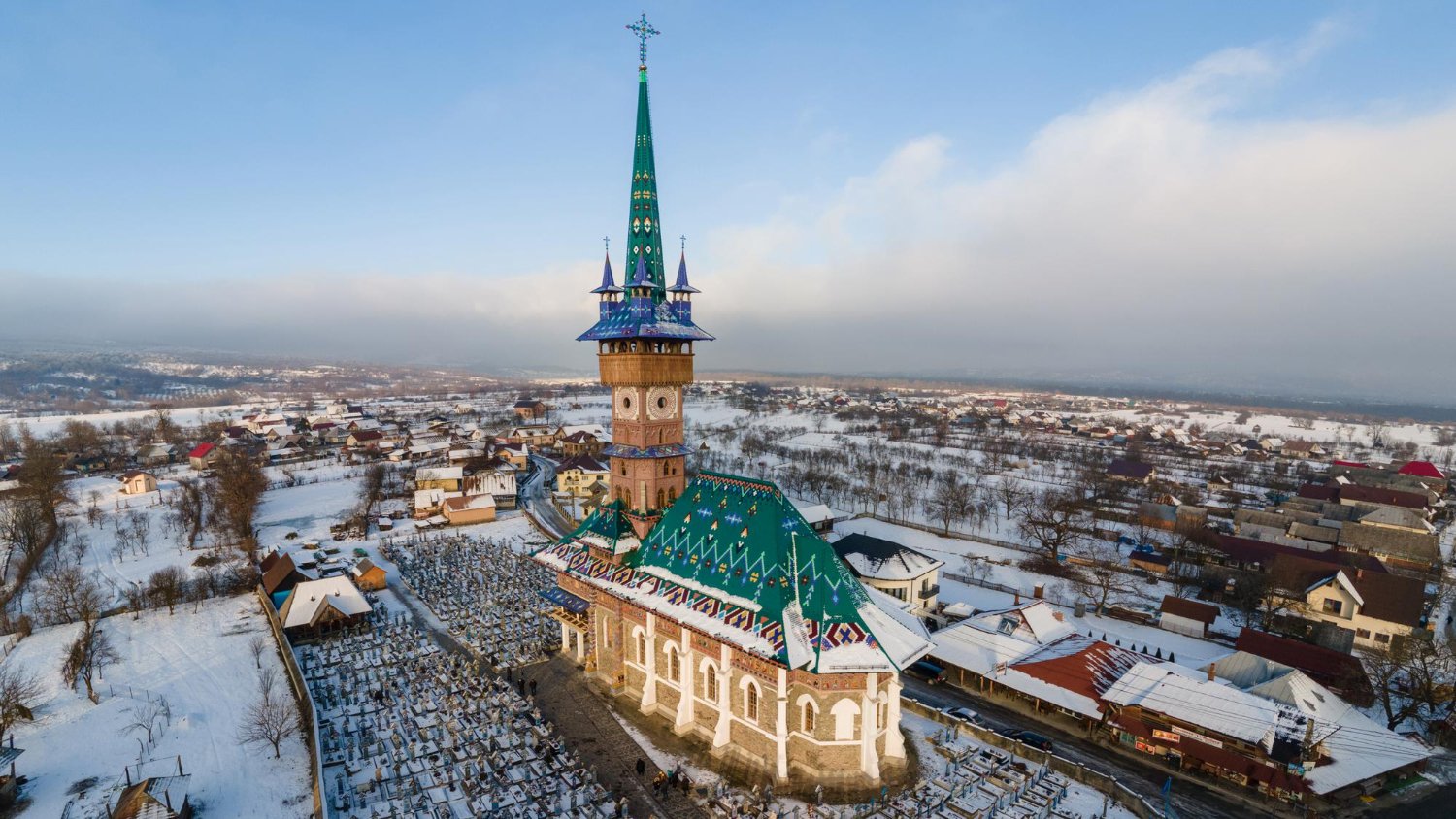
- Population: 5.6 million
- Total GDP: $355+ billion
- Key Driver: Technology, forestry, manufacturing, education
- Investment Highlight: Nordic welfare model, technology innovation, green energy
Finland created Nokia, which dominated mobile phones before smartphones. The country pivoted to become a gaming powerhouse with companies like Supercell (Clash of Clans) and Rovio (Angry Birds). Helsinki attracts game developers and mobile app companies worldwide.
Forestry remains important despite technology growth. UPM and Stora Enso produce paper, packaging, and biofuels from sustainable forests. The country leads research into wood-based alternatives to plastic and concrete.
Finland’s education system ranks among the world’s best, with minimal testing and maximum teacher autonomy. The country eliminated private schools and standardized testing while achieving top international scores. This attracts education researchers and policy makers globally.
An aging population creates fiscal pressure on the generous welfare system. Birth rates fell below replacement level, while retirement costs increase. The country needs immigration to maintain economic growth, but integration challenges create political tensions. Proximity to Russia also creates security concerns that affect business confidence.
What These Rankings Really Show
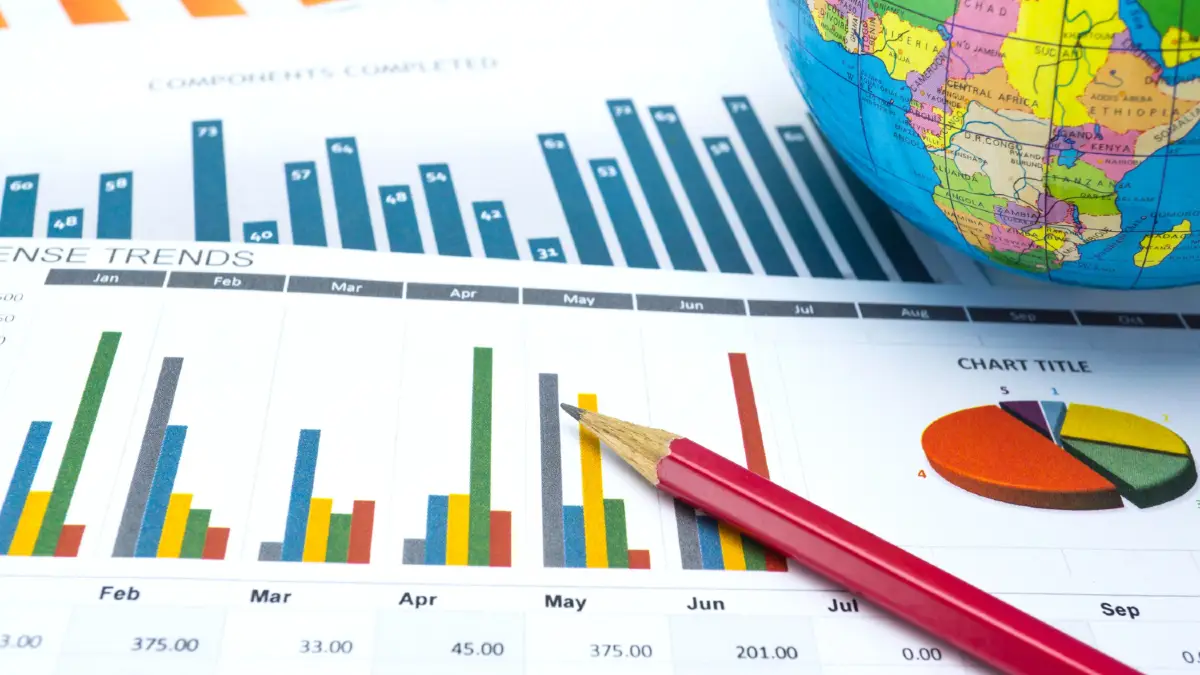
Europe dominates with 11 countries in the top 20. This isn’t an accident. European nations perfected the art of attracting foreign money while maintaining small populations. They offer political stability, rule of law, and attractive tax policies that create wealth centers.
Size matters in wealth rankings, but not how you think. Fourteen countries in this list have populations under 10 million people. Small countries can focus their entire economy on high-value activities like finance, oil extraction, or tech services. Large countries like the US and Germany have diverse economies that include lower-paying jobs, which brings down the average.
You’ll notice two distinct types of rich countries here. Resource economies like Qatar, Norway, and Brunei got wealthy by selling oil and gas. Service economies like Singapore, Luxembourg, and Switzerland got rich by handling other people’s money. Both strategies work, but they create very different societies.
The data comes from the IMF World Economic Outlook published April 2025, using purchasing power parity adjustments. These numbers represent what the average person could theoretically access if wealth were distributed equally. In reality, wealth distribution varies dramatically between countries.
Countries That Shocked the Rankings
Some countries stayed put in 2025, but others made moves that surprised economists worldwide. If you’ve been tracking country wealth rankings for years, these changes will blow your mind.
Guyana takes the prize for most dramatic transformation in modern economic history. The country jumped from $6,963 GDP per capita in 2020 to over $85,000 in 2025. That’s not a typo. Guyana discovered massive oil reserves offshore and went from one of South America’s poorest countries to one of the world’s richest almost overnight.
The numbers tell an incredible story. Guyana’s oil production increased 425% between 2020 and 2023. The country achieved 47% average annual GDP growth from 2022 to 2024. No country in history has gotten rich this fast. ExxonMobil estimates Guyana’s oil reserves could generate $150 billion over the next 20 years for a population of just 800,000 people.
But Guyana isn’t the only country climbing fast. The World Bank moved several countries into higher income categories in 2025. Bulgaria, Palau, and Russia all graduated to high-income status. These changes matter because they affect everything from trade policies to loan eligibility.
Russia’s promotion to high-income status surprised many observers given ongoing sanctions. However, oil and gas revenues kept flowing to Asia, and the country’s GDP per capita crossed the $13,845 threshold despite political tensions. This shows how resource wealth can override other economic factors.
Latin America experienced the biggest regional shift. The percentage of Latin American countries classified as high-income grew from 9% in 1987 to 44% in 2023. Chile, Uruguay, and Panama joined traditional leaders like Argentina in the high-income club. Commodity prices and better economic management drove this transformation.
The World Bank also moved Algeria, Iran, Mongolia, and Ukraine into upper-middle-income categories. Ukraine’s promotion seems strange given the ongoing war, but the country’s pre-war economy was stronger than many realized. The classification reflects 2019-2021 data before the conflict began.
Only one region declined in 2025. West Bank and Gaza dropped out of upper-middle-income status due to a 9.2% GDP decline. The ongoing conflict devastated the economy and pushed the territory back into lower-middle-income classification.
Looking ahead, expect more dramatic changes. The World Bank projects 25 countries will change income categories by 2026. Oil discoveries in Senegal and Ghana could create new wealth centers in Africa. Green energy transitions might boost countries with renewable resources while hurting traditional oil exporters.
Technology also drives ranking changes. Countries investing heavily in AI and digital infrastructure show stronger growth. Estonia and Lithuania continue climbing thanks to tech-friendly policies. Meanwhile, countries that ignore digital transformation fall behind.
Climate change will reshape future rankings too. Countries with renewable energy resources gain advantages as the world moves away from fossil fuels. Norway already uses its oil wealth to fund green energy projects. Other oil-rich nations should pay attention.
The biggest lesson from 2025’s ranking changes? Geography and resources still matter more than population size or historical advantages. Small countries with the right assets can become incredibly wealthy very quickly. Large countries with poor resource management can stagnate despite their size.
These changes matter if you’re thinking about investment opportunities or places to live. Countries climbing the rankings often offer better economic prospects than established wealthy nations. But rapid changes also bring instability, so research carefully before making major decisions.

